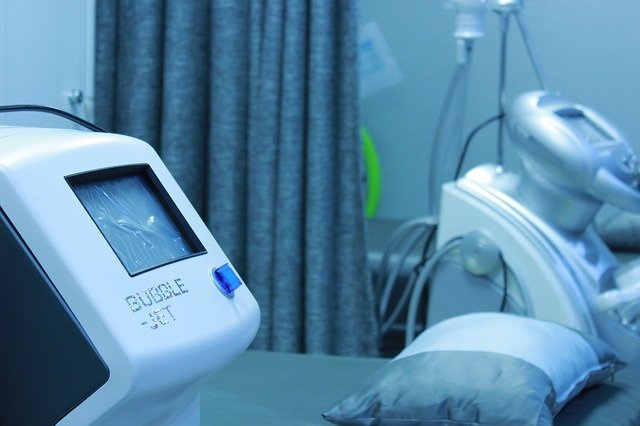Anxiety disorders are the most common mental illness in the U.S, affecting over 18.1% of the population. ‘Anxiety disorder’ is a quite diverse term and covers various disorders including panic disorders, Obsessive Compulsive Disorders, specific phobias, generalized anxiety disorders, and related conditions. Trying to adopt an exact definition appears like an attempt to somewhat simplify the condition. It remains a fact that it’s not very easy discerning what goes on in people suffering from anxiety disorders. A common theme, though, is that genetics seems to play a major role in the development of the disorder.
Like many other psychological conditions, the cause is often inexplicable and identical physiological traits are not found in sufferers, making it even more difficult to develop effective treatments. Against all these odds, the scientific community keeps working assiduously to ensure they bring succor to those suffering from anxiety disorders, and their loved ones. This article highlights some of the most promising results from numerous research into novel treatment methods for anxiety disorders.
Beta-blockers

Beta blockers have actually been used as an off-label treatment for anxiety disorders but they were thought to prevent symptoms by blocking the action of norepinephrine- the stress hormone. Researchers from Ohio State University have opened a new line of thought by proving that social stress can trigger an immune response that could lead to the release of some cells in the brain that would cause negative symptoms. Beta-blockers treatments have been used to block this reaction and a reduction in the occurrence of classical anxiety symptoms have been noticed. Although more research is still ongoing, this option holds great prospect as it affords individuals suffering from the condition an opportunity to live normally even in the presence of stressors.
Transdiagnostic treatments
Transdiagnostic treatments aim at using a one-fits-all approach in the treatment of anxiety. While this may look wrong on the surface, research at Monash University has proven that transdiagnostic approach coupled with Cognitive Behavioral Therapy (CBT) is more effective than CBT combined with other methods. Attempts at differentiating the various types of anxiety disorders have been largely successful, but developing treatment methods for each specific type haven’t been so easy. This led to the development of the transdiagnostic approach. The aim is to address multiple coexisting disorders with one treatment plan and it has been shown to offer more benefit.
Deep Transcranial Magnetic Stimulation
Currently approved Obsessive-Compulsive Disorder (OCD) treatments have proven ineffective in about half of the population affected by this condition. This new technique aims to target the pathways involved in OCD through High frequency deep transcranial magnetic stimulation. A research presented the 2017 Anxiety and Depression Association of America (ADAA) conference highlighted the benefit of high-frequency stimulations over low-frequency stimulations and treatment methods incorporating this approach are already being developed.
Micro-current stimulation
In this technique, a mild micro-current is deployed in an attempt to facilitate the resetting of the brain into a relaxed state. The current is usually deployed by a machine and its action is reported to significantly reduce stress and increase the patient’s ability to focus. Preliminary testing shows this technique could be quite effective, with minimal side effects. The stimulation also helps overcome sleeping problems, a major contributor to worsening anxiety disorders.
Folinic acid
Various researchers have established a link between anxiety disorders and the methylenetetrahydrofolate reductase (MTHFR) gene. This gene is responsible for the synthesis of 5MTHF- an important enzyme in the methylation cycle. Mutation of the gene leads to an inability of the body to complete the methylation cycle and mutation has been discovered in numerous persons suffering from anxiety and many other mental disorders. Folinic acid treatments have been proposed in such individuals. Although this approach does not work for all persons suffering from the mutation, many patients have shown encouraging response to the treatment. Other stages in the methylation pathways are also being investigated as possible causes of anxiety disorders and more treatment methods are expected to be developed.
While research into some of the treatment methods are pretty advanced (even beyond clinical trials), others are still very much in the early research stages. What holds true for all of them is a promise to revolutionize the management of anxiety disorders once they are fully understood.
References
- LU Ling, HU Jun. A Comparative study of anxiety disorders treatment with Paroxetine in combination with cranial electrotherapy stimulation therapy. Medical Innovation of China, 11(08):080-082, 2014.
- https://www.ncbi.nlm.nih.gov/pubmed/27068282
- https://naturalhealthmedicine.com.au/mthfr/
- http://www.laneykibel.com/new-hope-for-depression-and-anxiety/
- http://www.mentalhealthy.co.uk/news/278-new-hope-for-anxiety-and-depression-sufferers.html








